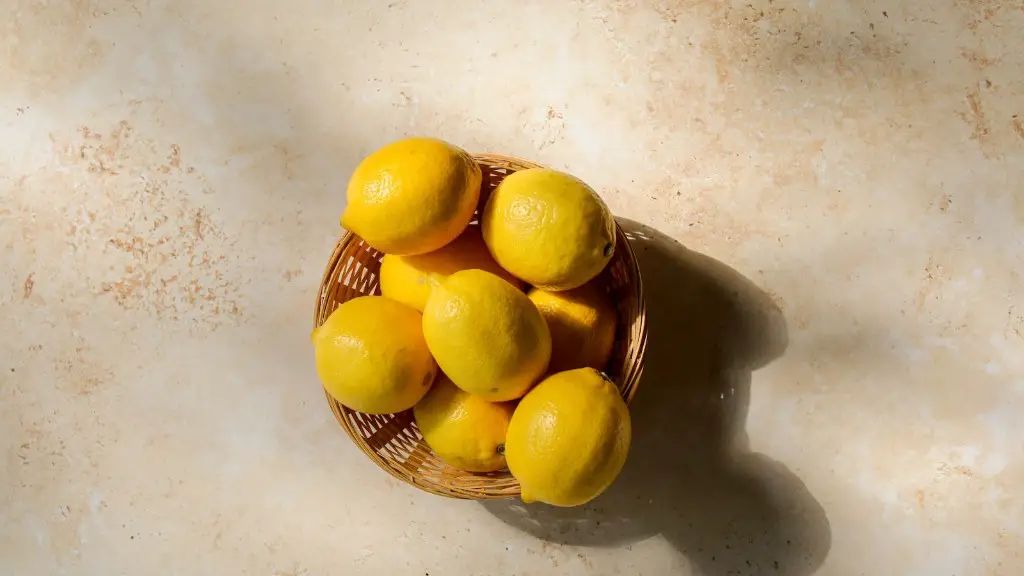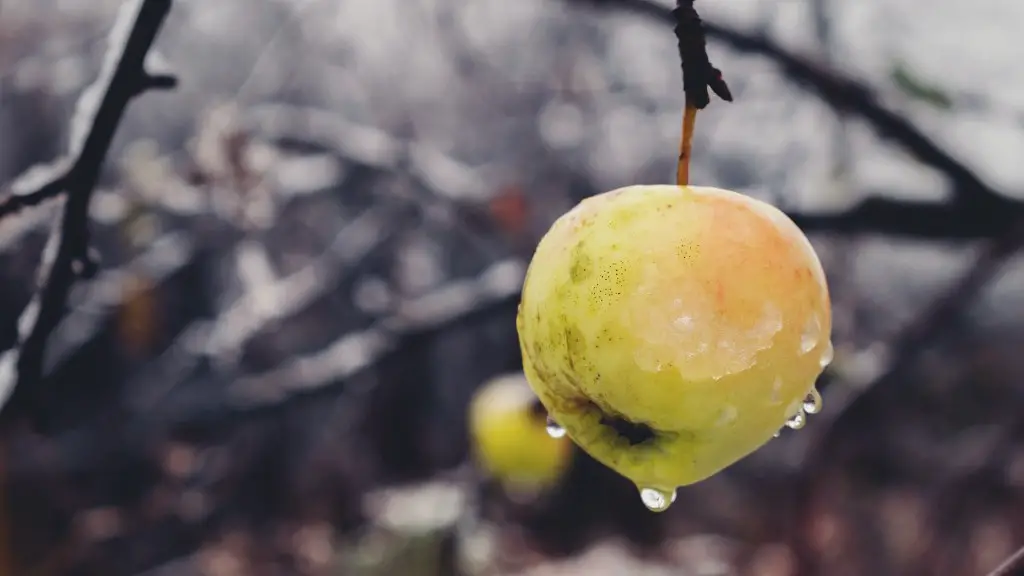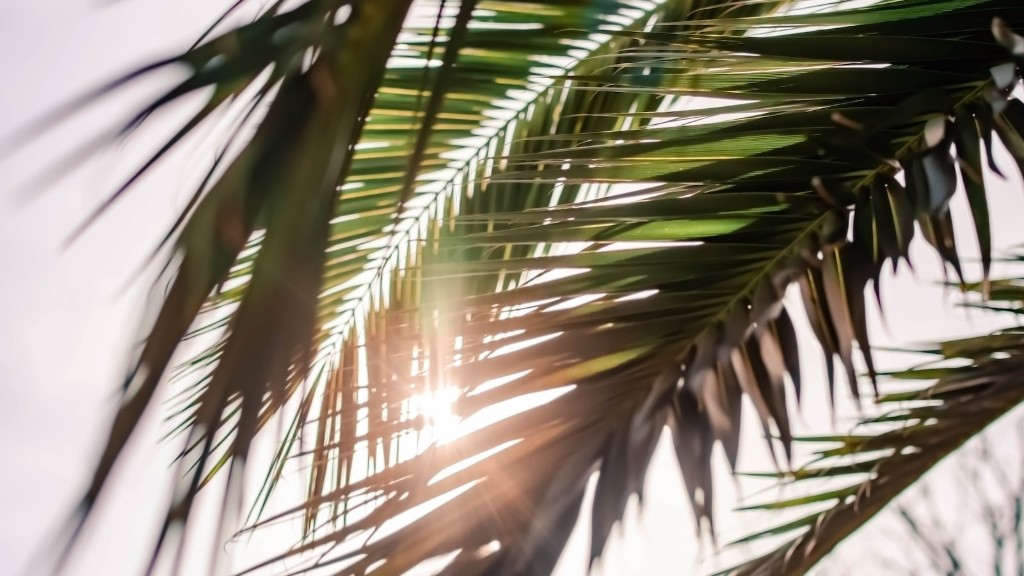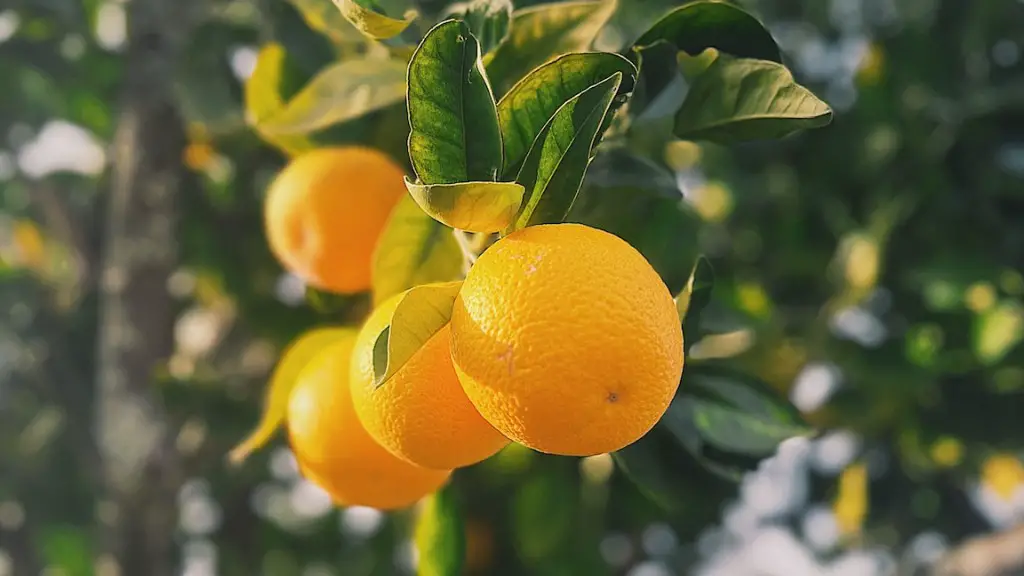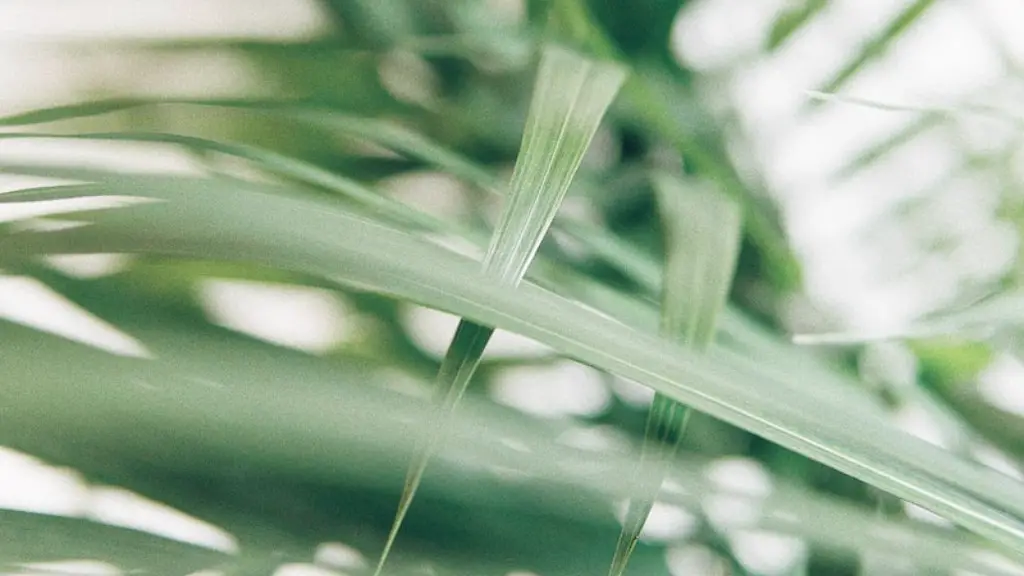Transplanting meyer lemon trees can be a challenging job, but it doesn’t have to be. With a little bit of know-how and preparation, you can make sure that your tree will live a long and fruitful life. Here’s how to transplant a meyer lemon tree:
1. Start by choosing a new planting spot that gets plenty of direct sunlight throughout the day. Check the soil and make sure it drains well; meyer lemon trees love moist, well-draining soil. Dig a hole that’s several inches deeper and wider than your tree’s root ball.
2. Remove the tree from its current location, taking care to not damage its roots. Then, place the tree in the hole you’ve dug and fill in the extra space with soil. Pack the soil firmly around the roots.
3. Water your tree once it’s planted. Make sure to water around the tree’s roots, not just pour the water directly on top of the tree. This will help the soil settle around the tree. Repeat this every few days, until the tree takes root.
4. Prune the top of the tree. Now that your tree is in its new home, it’s time to prune off any excess or dead branches. Make sure to prune away from the trunk, and use sharp pruning shears to avoid damaging the tree.
5. Add mulch. To keep the soil moist, add a few inches of mulch around your tree. This will also help retain nutrients in the soil.
6. Stake the tree. If you’re in an area with strong winds, use stakes to secure the tree. Place the stakes in the ground and tie them to the tree’s trunk with string.
7. Monitor the tree’s progress. Check the soil regularly to make sure your tree is getting enough water. Look for signs of stress, such as wilting leaves or yellowing foliage. If you see any of these signs, adjust your watering schedule as needed.
Planting Supplies
Transplanting a meyer lemon tree requires careful planning and the right tools. Before you get started, make sure you have the following supplies:
1. A pair of sharp pruning shears.
2. A trowel or shovel to dig the planting hole.
3. Some kind of string or rope to stake the tree.
4. A bag of mulch.
5. A garden hose, or a watering can.
6. A pair of gloves to protect your hands.
Soil Requirements
Meyer lemon trees need soil that is well-draining. Look for soil that has some organic matter, such as compost or manure. You may also want to add some fertilizer to the soil to help the tree grow and thrive.
Make sure the soil is moist but not soggy, and check it regularly to ensure your tree is getting the right amount of water. Too much water can cause the tree’s roots to rot, while too little water can cause them to dry out and become stressed.
Finally, check the pH of your soil. Meyer lemon trees prefer slightly acidic soil, with a pH of between 6.0 and 7.0.
Caring for a Meyer Lemon Tree
Once your tree is in its new home, you’ll need to take good care of it. Make sure to water it regularly, and keep an eye on the soil’s moisture levels. Fertilizing the soil will also help keep your tree healthy.
Pruning is also important; make sure to remove any diseased or dead branches, and any branches that are crossing or rubbing against each other. This will help promote healthy growth and prevent insect infestations.
Finally, give your tree plenty of sunlight. Meyer lemon trees need at least 6 hours of sunlight a day to produce healthy fruits.
Pests and Diseases
Like any other citrus tree, meyer lemons can be susceptible to pests and diseases. Keep an eye out for signs of infestation, such as holes in the leaves or stems. If you do spot an infestation, treat it immediately and regularly with a safe, organic insecticide.
Fungal diseases can also be a problem for meyer lemon trees. Watch out for leaf spots, stem cankers, or wilting leaves. If you spot any of these signs, treat the tree with a fungicide.
Birds and mammals can also damage your tree. To protect your meyer lemon tree from birds, wrap the trunk with bird netting. To ward off small mammals, consider placing some sort of fence around the tree.
Harvesting Fruit
Once your meyer lemon tree has established itself, it will start to produce fruit. Meyer lemons are ripe when their skin is yellow-orange and slightly soft to the touch. Pick them from the tree with care, as too much handling can damage the fruit.
Once they’ve been harvested, meyer lemons can be stored in the refrigerator for up to two weeks. To preserve them for longer periods of time, consider freezing them or preserving them in a syrup.
Meyer lemons can be used to make a variety of dishes, from salads to drinks and desserts. Try using them to make homemade lemonade or bake a meyer lemon tart.
Tree Life Expectancy
Meyer lemon trees can live a long and healthy life with the right care. A well-cared-for meyer lemon tree can last for 10-15 years, or even longer. The key is to keep a consistent watering and fertilization schedule, and monitor the tree for signs of pests or diseases.
With proper care, your meyer lemon tree will reward you with sweet fruits for many years to come.
